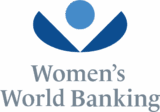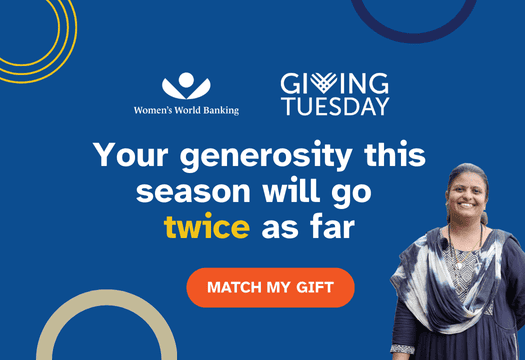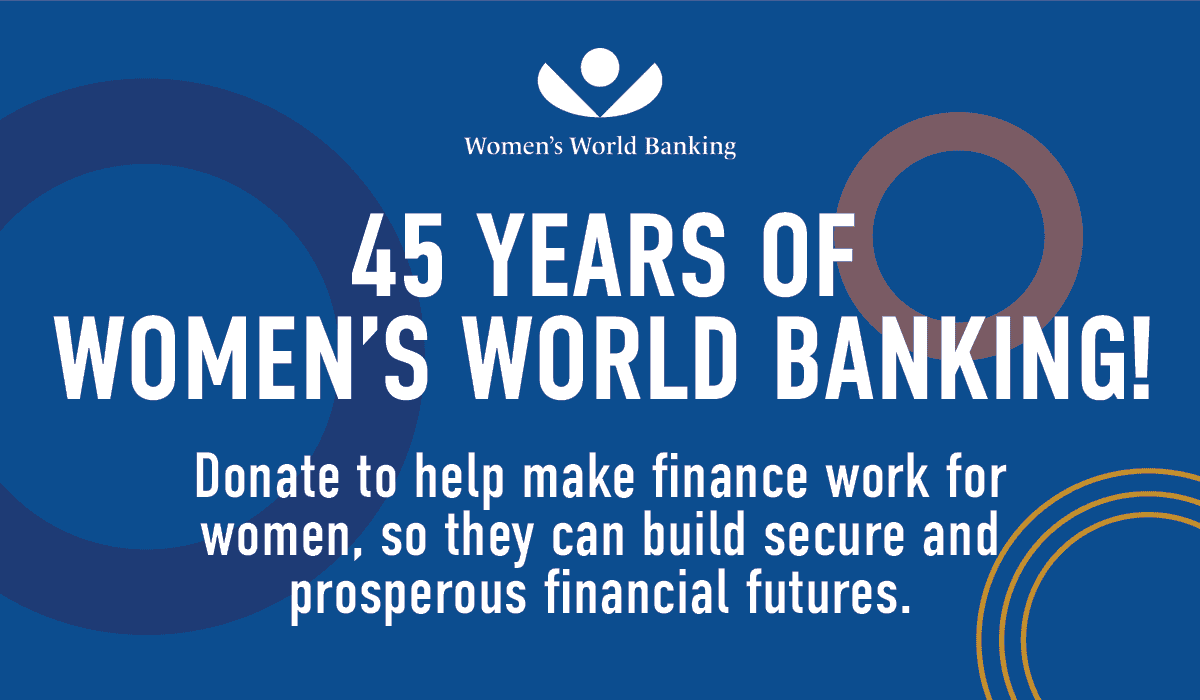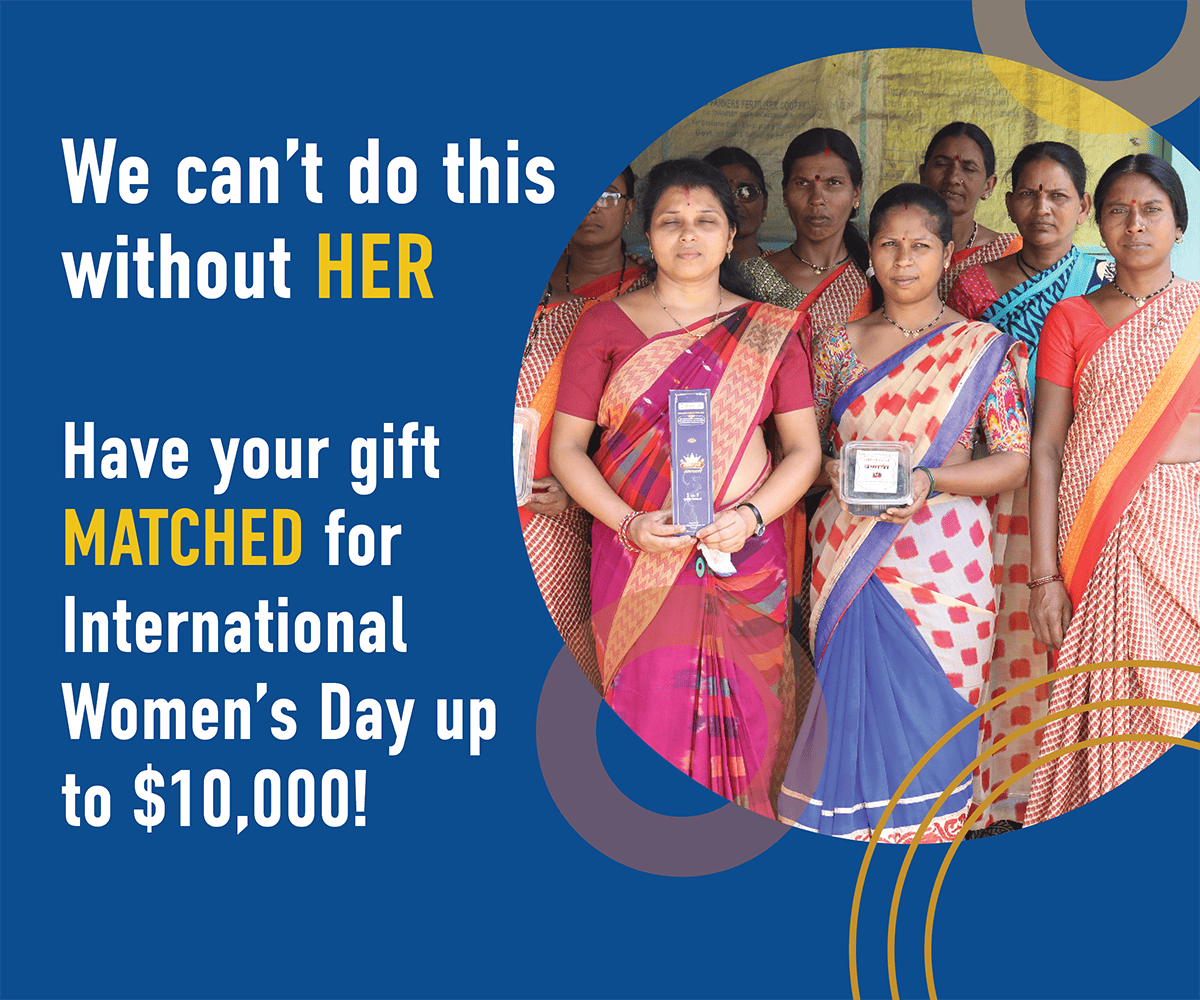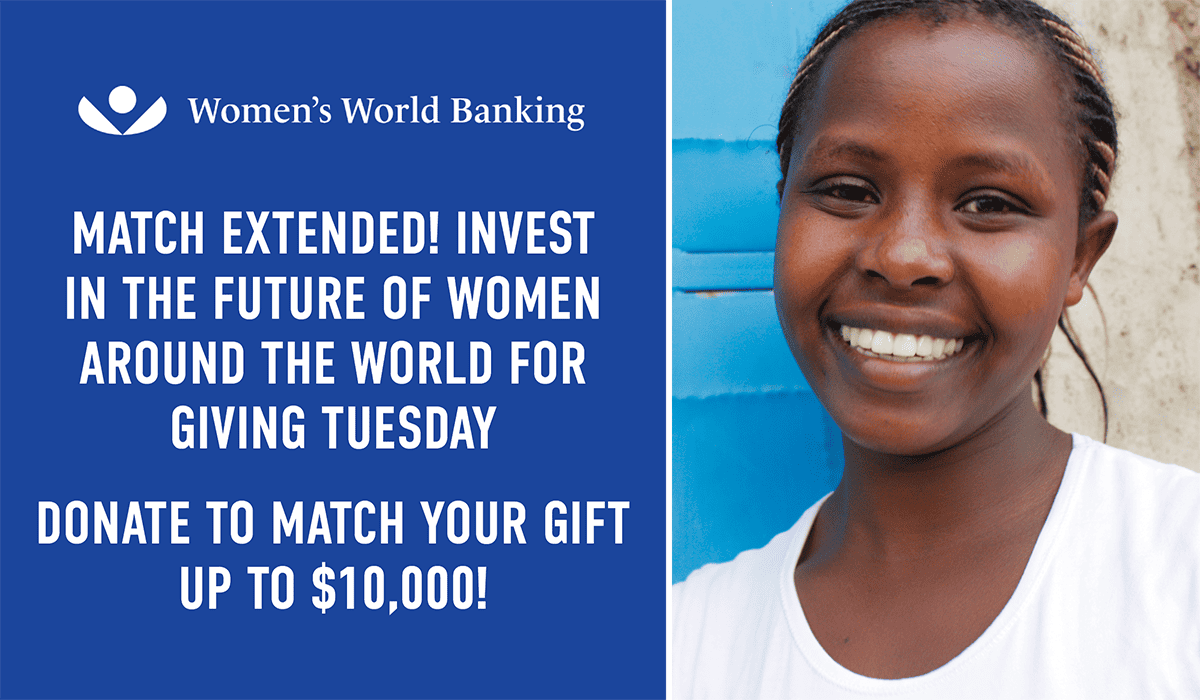By Agnes Salyanty & Maria Serenade Sinurat
One morning in May 2022, Susanti (41), woke up with a sharp pain in her stomach. At first, she thought she was pregnant. But after an ultrasound, she received devastating news: a tumor was growing inside her. She immediately turned to BPJS Kesehatan, Indonesia’s National Health Insurance program, for treatment. The surgery was successful, and BPJS covered the cost. But the expenses didn’t stop there. She still had to pay additional out-of-pocket costs for medication and colostomy bags, which had to be ordered from outside the island. The costs quickly added up. During this difficult time, her family stepped in to help her manage the financial burden.
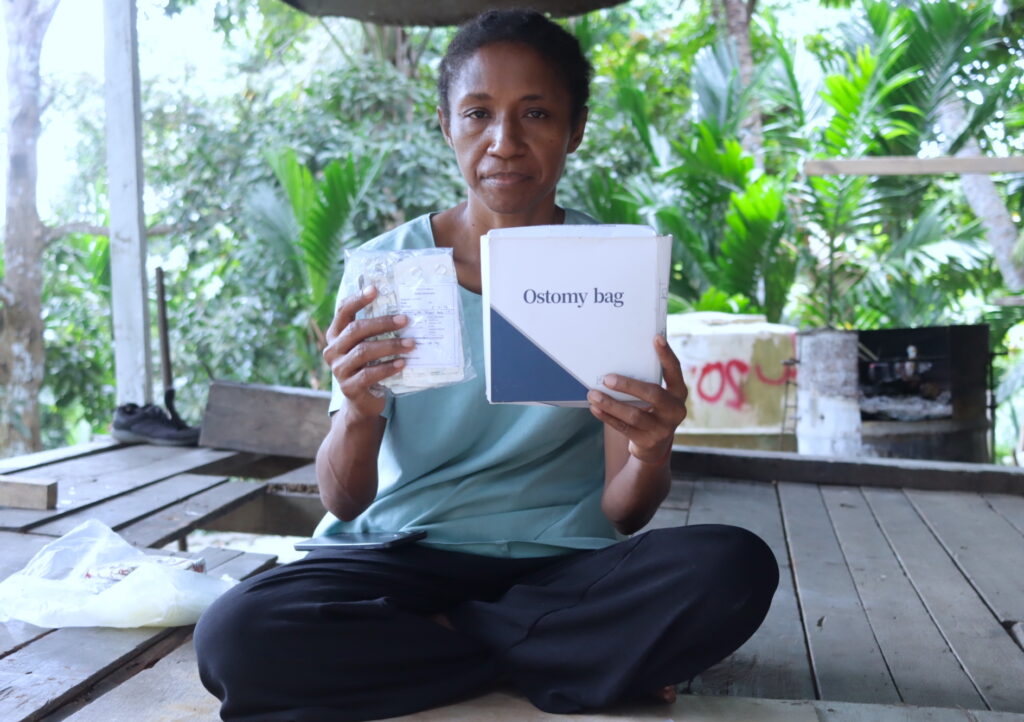
Susanti’s story is one of many. For low-income women, access to healthcare can be a challenge. In Women’s World Banking’s latest report, Unpaid, Underserved, Unprotected: Fixing the Healthcare Financing Gap for Indonesian Women, we found that while BPJS now covers 98.45% of Indonesia’s population, nearly 20% of enrollees remain inactive, as many struggle with financial constraints, lack of awareness, or difficulties navigating the system.
The unseen cost of limited healthcare access
Women bear a heavier healthcare burden than men. Their medical needs are greater, yet they have fewer financial resources. For 16.7% of women, maternal healthcare alone consumes over 5% of their annual household income. Women-headed households are most affected, spending 71% of their non-food budget on public hospital care and 112% on private hospitals.
With such high costs, many women spend less on their own healthcare—not because they need it less, but because they simply can’t afford it. However, the challenge goes beyond affordability; it’s also about how the system is designed. Specialist services, diagnostic tests, and non-generic medications often require additional out-of-pocket payments. Pregnancy ultrasounds, chronic disease treatments, and even emergency care can be costly. Faced with these expenses, women often make difficult choices: delaying or skipping necessary care, borrowing money, or selling valuables to cover costs. Private insurance could help, but it remains out of reach for many.
Novalia, a 22-year-old mother of two in Jayapura, is among the many women affected by inadequate healthcare coverage. During her second pregnancy, she discovered that the local health center didn’t have an ultrasound machine, and no one offered her a referral. Even though she was covered by BPJS, she still had to pay Rp 900,000 for three ultrasounds beyond coverage. To afford it, she sold her earrings. “Sometimes, selling jewellery was the only quick solution. My husband didn’t want me to do it, but it was the only option we had,” she said.
Novalia also paid out of pocket for her children’s medications and their first visit to the Puskesmas. Her experience illustrates how gaps in the health system—combined with limited financial options—can leave women shouldering the hidden costs of maternal care on their own.
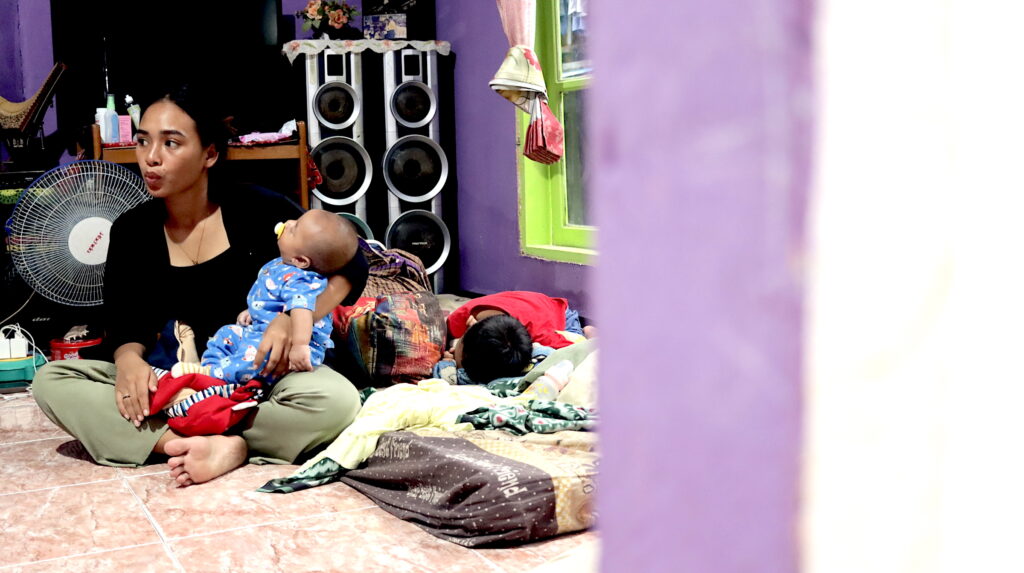
A university student and mother of two, she runs a small food business from the house she shares with seven family members.
Making healthcare financing work for women
No woman should have to choose between her health and financial security. A stronger, more flexible healthcare system can ensure women get the care they need without financial strain. Here’s how change can happen.
Bringing financial literacy into healthcare
Many women assume BPJS covers all medical costs, only to be surprised by additional out-of-pocket expenses. Without financial planning, they struggle to pay for specialist care, medications, or maternity services. Healthcare facilities can do more than provide treatment; they can help women prepare for medical expenses.
Midwives, Puskesmas, and hospitals can introduce women to financial planning tools and help them understand BPJS benefits, private insurance, and savings options. Community groups also play a key role in making financial literacy more accessible in daily life.
But awareness alone isn’t enough; it takes collaboration. The Ministry of Health, OJK, and BPJS Kesehatan can work together to develop national financial literacy programs that make health financing easier to navigate. At the same time, the Ministry of Finance can introduce incentives to encourage financial planning for healthcare through public education and digital platforms.
When health, finance, and education align, women are not just informed; they are prepared. With the right support, they can access healthcare without fear of financial hardship
Making BPJS more flexible through better coordination
Even with financial literacy, women need a system that works for them. Currently, BPJS and private insurance coordination is not seamless, making it difficult to cover costs efficiently. A well-designed Coordination of Benefits (CoB) system would allow women to combine BPJS and private insurance to reduce financial gaps. But unclear rules and complicated processes make this difficult for hospitals and insurers.
To change this, the Ministry of Health needs to establish clear cost-sharing rules and BPJS Kesehatan needs to simplify claims processing. Pilot programs in urban and rural areas can test improvements before rolling them out nationwide. A centralized digital system would also speed up claims and reduce bureaucracy.
Expanding affordable health financing through public-private partnerships
Even with BPJS, many women struggle to afford healthcare. Those with irregular incomes need more flexible payment options, such as health savings accounts and microinsurance with small, frequent premiums. Midwives, as trusted healthcare providers, can introduce women to these financial tools, while partnerships with fintech and banks can make them accessible.
One successful example is the partnership between Women’s World Banking, Bank Negara Indonesia (BNI), and the Indonesian Midwives Association. By training midwives as banking agents, the program helped pregnant women open health savings accounts at clinics. This allowed them to gradually save for the costs of childbirth, reducing financial stress and strengthening the economic role of midwives. Expanding such models would help more women access care without financial hardship.
Innovative financing for informal workers
Many women in the informal sector have unpredictable incomes and no health benefits. With nearly 60% of Indonesia’s workforce in informal jobs, healthcare costs can be a heavy burden. Traditional insurance models often fail to meet their needs.
Financial services providers can help by embedding installment payments, micro health savings, and pay-later options into digital wallets and community savings platforms, making it easier for women to save in small, manageable amounts. Cooperatives, unions, and digital work platforms can also support group-based financing, helping informal workers access collective health plans with lower premiums and better coverage. Expanding these models could make healthcare more affordable, accessible, and sustainable for uninsured and underinsured workers.
Investing in women’s health financing has a ripple effect far beyond the individual. It strengthens families, communities, and economies. Removing financial barriers is just the first step; real change comes from embedding solutions that ensure women’s health protection at every level. A truly inclusive, women-centered approach isn’t just an option. It’s the foundation for designing policies and financial services that offer long-term protection and support a resilient future for women.
